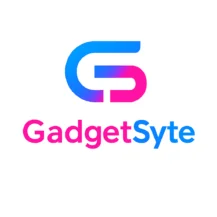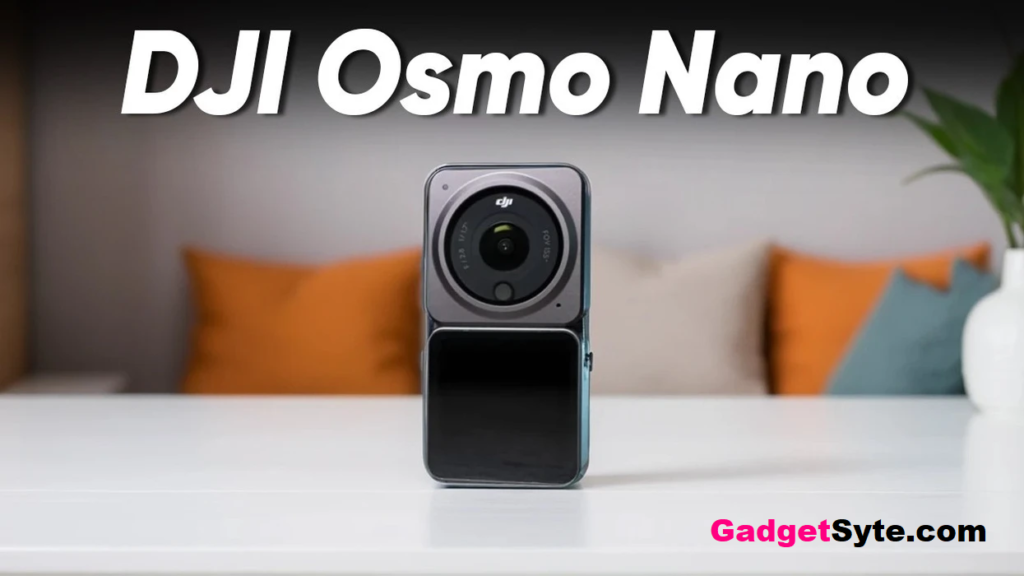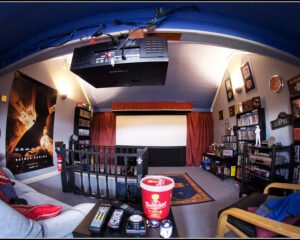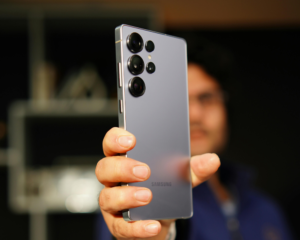In 2025, content creation has become more immersive, dynamic, and accessible than ever before—and that’s where the battle of DJI Osmo Nano vs Osmo 360 begins. Whether you’re a travel vlogger, social media content creator, or someone venturing into the world of 360-degree storytelling, choosing the right portable camera can significantly impact the quality and versatility of your work. With DJI continuing to lead innovation in the handheld camera space, the release of the Osmo Nano and Osmo 360 marks a defining moment for creators.
The DJI Osmo Nano vs Osmo 360 comparison isn’t just about hardware—it’s about how each device empowers creators to capture moments differently. The Osmo Nano, a compact gimbal that easily attaches to your smartphone, is designed for traditional vlogging, vertical video creation, and 4K clarity with buttery-smooth stabilization. Meanwhile, the Osmo 360 is tailored for those who want to go beyond the frame, offering full 360-degree video capture, immersive livestreaming, and post-production reframing options that give you unlimited storytelling possibilities.
In this guide, we’ll explore every aspect of the DJI Osmo Nano vs Osmo 360 face-off—from design and video quality to stabilization, smart features, and who each model is best suited for. Whether you’re chasing cinematic footage or interactive VR-style content, this comparison will help you choose the right DJI camera to elevate your creativity in 2025.
Design & Portability – Compact Powerhouses
When it comes to portability, both devices shine—but with different design philosophies.
DJI Osmo Nano:
- Ultra-compact 3-axis gimbal camera
- Clips directly onto your smartphone
- Lightweight (under 90g)
- Minimal design, ideal for vertical video and vlogging
- USB-C and Lightning compatible
DJI Osmo 360:
- Slightly larger due to dual-lens 360 setup
- Fully standalone device with built-in screen
- Still pocketable at under 150g
- Spherical camera housing with dual 180° fisheye lenses
- Integrated tripod mount for static 360° capture
Verdict: For casual vlogging and mobility, the Osmo Nano is the winner. For immersive and interactive content creation, the Osmo 360 offers more versatility.
Camera Capabilities – 4K vs Full 360 Capture
When comparing DJI Osmo Nano vs Osmo 360, understanding the difference in camera capabilities is key.
DJI Osmo Nano Camera Specs:
- 1/1.3” CMOS sensor
- 4K/60fps video recording
- Wide-angle 120° field of view
- 48MP still photos
- Ideal for YouTube, TikTok, Instagram
DJI Osmo 360 Camera Specs:
- Dual 180° lenses for full 360° capture
- 5.7K/30fps or 4K/60fps stitching
- 360° live-streaming capabilities
- AI-assisted reframing for traditional aspect ratios
- 32MP 360° photos
Verdict: The Osmo Nano offers sharper front-facing video and better traditional framing. The Osmo 360 provides full spatial awareness and is the better choice for immersive and interactive content.
Stabilization – Gimbal vs Digital Magic
Stabilization plays a major role in video quality, and DJI Osmo Nano vs Osmo 360 offer two different approaches.
DJI Osmo Nano:
- Physical 3-axis gimbal
- Mechanical stabilization for ultra-smooth video
- Great for motion-heavy vlogging
DJI Osmo 360:
- FlowState digital stabilization
- Gyro-assisted algorithm with post-processing AI
- Seamless horizon leveling and stabilization during dynamic movement
Verdict: For traditional cinematic smoothness, the Osmo Nano excels. The Osmo 360 offers more flexibility with post-editing stabilization, especially for 360° footage.
Software & Editing Tools – Osmo App Ecosystem
Both devices work seamlessly with DJI’s upgraded Osmo Studio App—but offer different creative options.
DJI Osmo Nano Features:
- AI tracking (ActiveTrack 6.0)
- Gesture control for hands-free shooting
- Quick edit templates and music sync
- Voice command support
- Vertical-first orientation
DJI Osmo 360 Features:
- AI reframing from 360 to 16:9, 9:16, 1:1
- Multi-view split screen
- Tiny Planet and FPV effects
- Livestreaming to YouTube and Facebook
- Post-capture view angle control
Verdict: If you’re a storyteller looking to craft immersive narratives, Osmo 360 gives unmatched flexibility. If you’re a mobile-first creator, Osmo Nano is perfectly optimized.
Battery Life & Storage
DJI Osmo Nano:
- 1050mAh battery
- Up to 140 minutes of recording
- Uses your smartphone’s storage
DJI Osmo 360:
- 1600mAh internal battery
- Up to 90 minutes of 5.7K recording
- Built-in 64GB storage + microSD card support
Verdict: The Osmo Nano lasts longer but relies on your phone. The Osmo 360 offers more autonomy and storage flexibility.
Use Cases – Which One Is Right for You?
When comparing the DJI Osmo Nano vs Osmo 360, your content style matters most.
- Choose DJI Osmo Nano if you’re a:
- Travel vlogger
- Short-form content creator
- Beginner filmmaker
- Social media influencer
- Choose DJI Osmo 360 if you’re a:
- 360° storyteller
- VR content creator
- Real estate agent
- Event videographer
Final Verdict: DJI Osmo Nano vs Osmo 360 – Which One Should You Choose in 2025?
As we wrap up this in-depth comparison of DJI Osmo Nano vs Osmo 360, it’s clear that both of these compact cameras serve specific creative needs—each excelling in its own unique way. DJI has successfully designed two portable, powerful, and user-friendly tools that cater to the evolving demands of modern content creators.
If you’re focused on traditional vlogging, vertical video for social media, or cinematic 4K footage with ultra-smooth stabilization, the DJI Osmo Nano is the perfect companion. Its compact design, physical 3-axis gimbal, and seamless smartphone integration make it ideal for travel, lifestyle, and daily content creation. It’s especially valuable for those looking for plug-and-play simplicity without compromising on video quality.
On the other hand, if you’re exploring immersive storytelling, VR content, or 360° creative freedom, the DJI Osmo 360 is unmatched. With its dual-lens setup, 5.7K resolution, and AI-powered reframing, it allows you to capture everything around you and decide on the framing later—giving you complete control over your narrative. It’s the go-to choice for real estate videographers, adventure filmmakers, and interactive content producers.
In summary:
- Choose DJI Osmo Nano if you want a sleek, ultra-portable vlogging camera with mechanical stabilization and 4K shooting.
- Choose DJI Osmo 360 if you’re interested in capturing immersive 360-degree content, VR experiences, or multi-angle storytelling.
Both tools are outstanding in their categories, and your choice comes down to the type of stories you want to tell.
For more expert gadget comparisons, camera reviews, and the latest in creative tech, visit GadgetSyte.com—your trusted source for all things gear and innovation in 2025.







